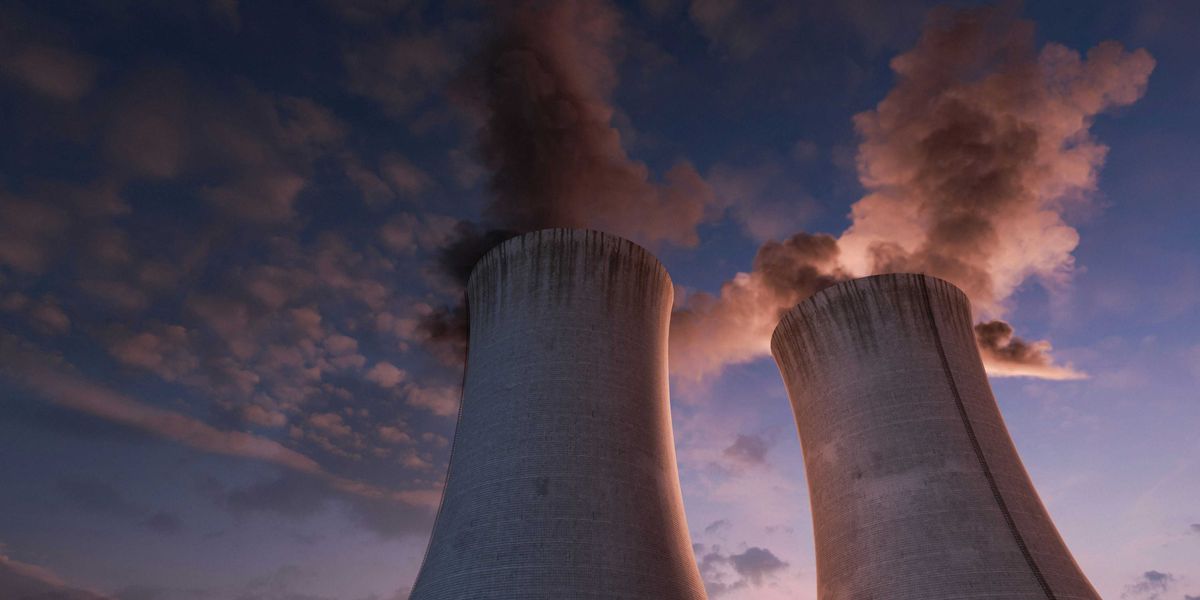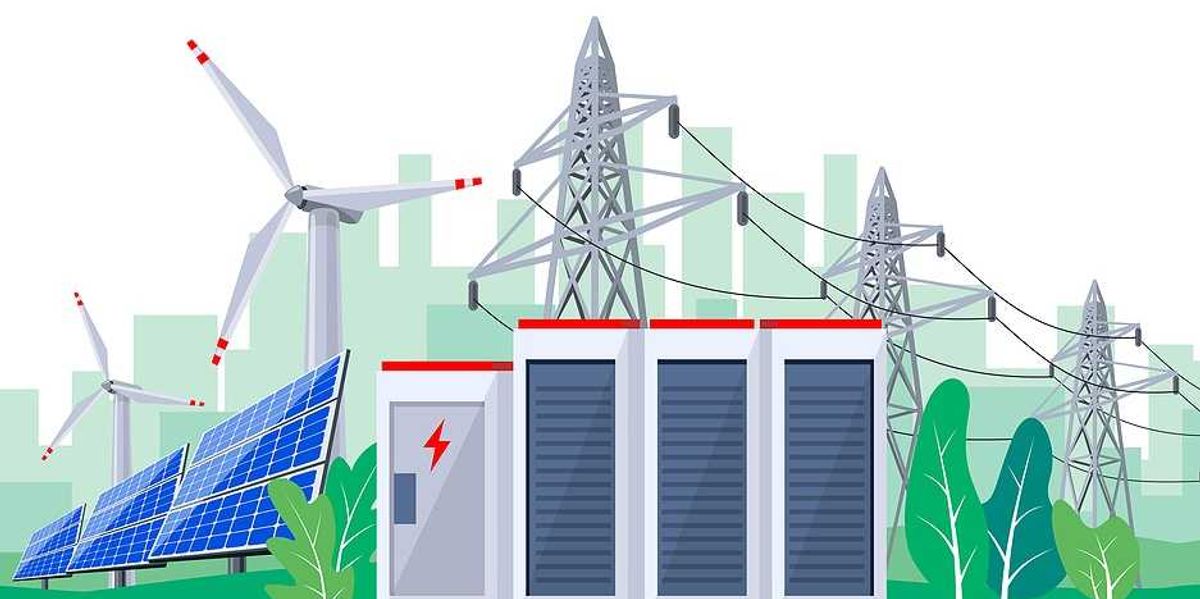
New IRS rule makes it harder for wind and solar farms to qualify for tax credits
The Internal Revenue Service has issued new guidance that narrows eligibility for renewable energy tax credits, following the Trump administration’s broader efforts to roll back support for wind and solar development.
Brad Plumer reports for The New York Times.
In short:
- The IRS eliminated a key rule that let large wind and solar projects qualify for tax credits by spending just 5% of costs up front, forcing more projects to begin physical construction to qualify.
- The move follows a Trump executive order meant to speed the end of Biden-era renewable energy subsidies after pushback from conservatives seeking faster rollbacks.
- BloombergNEF estimates that the end of these subsidies could reduce projected U.S. wind and solar growth by 50% and 23%, respectively, over the next five years.
Key quote:
“This is yet another act of energy subtraction from the Trump administration that will further delay the build-out of affordable, reliable power.”
— Abigail Ross Hopper, chief executive of the Solar Energy Industries Association
Why this matters:
Wind and solar developers have long relied on federal tax credits to help offset the high upfront costs of clean energy projects. Stripping those incentives midstream — especially through sudden policy shifts and bureaucratic hurdles — disrupts investment and planning. It also favors fossil fuel development, which continues to benefit from entrenched subsidies and infrastructure. As the U.S. faces rising energy demand from data centers and electrification, the pressure to expand power generation grows. Renewable energy is often the lowest-cost and lowest-pollution option, but without predictable federal support, many projects become too risky or expensive. That has long-term consequences for public health, climate goals, and U.S. energy independence.
Learn more: Trump’s second-term environmental rollbacks reach into American homes and wallets













